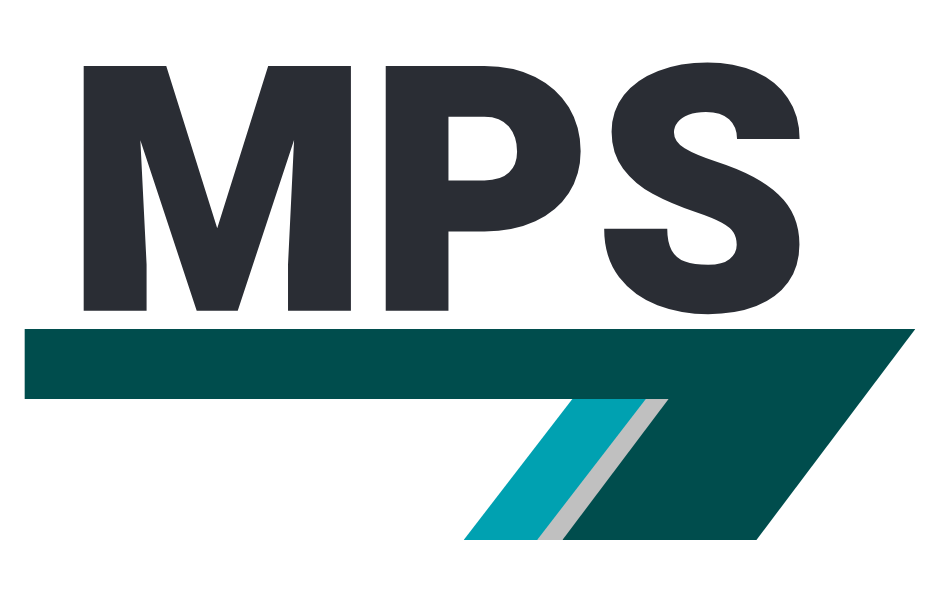Precision Engineering Services
Our range of precision engineering UK based services are comprehensive, covering a number of state-of-the-art advanced manufacturing techniques. We specifically excel in engineering applications support, subcontract CAD/CAM services, the design and creation of workholding and fixturing, sourcing component production and and leveraging the benefits of 3D printing technology. Our manufacturing partners boast accreditations in ISO9001, AS9100, ISO14001, ISO45001, and certifications in Cyber Essentials Plus. These standards therefore highlight our unwavering commitment to maintaining the highest level of quality assurance.Industry Expertise
Utilizing our wealth of industry knowledge and proficiency across diverse quality-critical sectors, we specialize in providing advanced precision engineering and manufacturing solutions within the UK. Our expertise spans various materials and stringent tolerance specifications. We have consequently successfully undertaken projects across the aerospace, automotive, defense, marine, medical, and nuclear sectors, demonstrating our versatility and capability. Aerospace
Aerospace Automotive
Automotive Defence
Defence Marine
Marine Medical
Medical Nuclear
Nuclear










